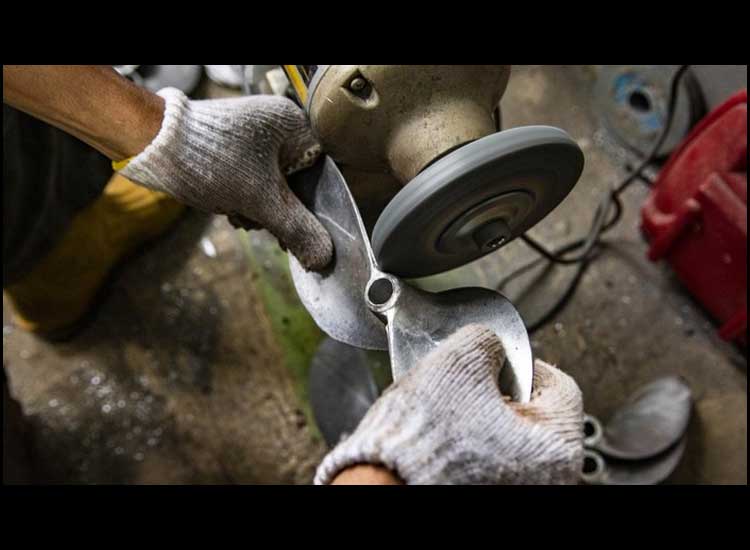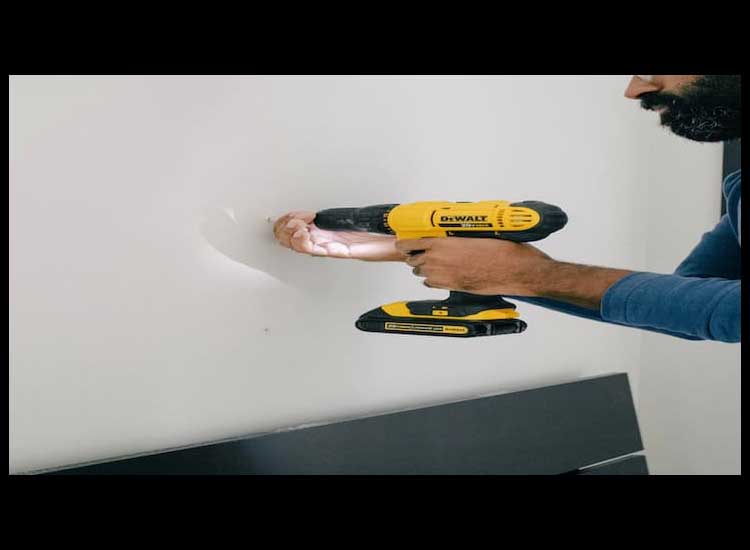The History of Plastic Surgery – Perhaps since the beginning of time, human beings have been actively engaged in the pursuit of self-improvement. Therefore, it should come as no surprise that plastic surgery may be one of the world’s oldest healing treatments. There is documentation of the use of surgical means for correcting facial injuries dating back more than 4,000 years ago.1
Plastic Surgery Began With Skin Grafts in Ancient India
Physicians in ancient India used skin grafts for reconstructive surgery as early as 800 B.C. Later, in European countries, plastic surgery advances were slow in coming. However, eastern medicine took more readily to plastic surgery, and there are many recorded incidents of skin grafts and reconstructive surgery throughout history in that part of the world.
Overall progress in plastic surgery, like most of medicine, was slow over the next few thousand years, as techniques used in India were introduced to the West and then subsequently refined and adapted for new applications. However, there was progress made in medicine during the Greco-Roman period, and that progress was documented in ancient texts which were disseminated overtime throughout civilization.
It was during this period that Roman medical writer Aulus Cornelius Celsus wrote De Medicina which laid out surgical methods for reconstructing ears, lips, and noses.2 Then during the early Byzantine period, Oribasius compiled a complete medical encyclopedia entitled Synagogue Medicae. This 70-volume work contained numerous passages dedicated to reconstructive techniques to repair facial defects.
The Middle Ages and the Renaissance
Though the practice of reconstructive surgery continued throughout the early Middle Ages, further significant developments came to a relative standstill thanks to the fall of Rome and the spread of Christianity. In large part, science gave way to mysticism and religion. In fact, at one point during this time period, Pope Innocent III declared that surgery in any form was expressly prohibited by Church law.
For the most part, the pursuit of scientific knowledge had been replaced by a focus on more personal and spiritual concerns. In addition, the safety of surgical patients was further compromised by the lack of standards for hygiene and cleanliness. However, some minor advances were made, including the tenth-century development of a procedure to repair a cleft lip.
During the Renaissance, there were more significant advances in science and technology, which resulted in the development of safer and more effective surgical techniques. A fifteenth-century Islamic text entitled Imperial Surgery was written by Serafeddin Sabuncuoglu and includes 191 surgical topics.3 Material on maxillofacial surgery and eyelid surgery are discussed. It also included a protocol for the treatment of gynecomastia which is believed to be the foundation for the modern method of surgical breast reduction.
Progress Born of War
During the seventeenth century, plastic surgery was again on the decline, but by the late eighteenth century, the pendulum had swung in the other direction. However, the next major advances in plastic surgery were not to be until the 20th century, when the casualties of war made reconstructive plastic surgery a necessity for many soldiers. In fact, it was World War I that brought plastic surgery to a new level within the medical establishment.1
Military physicians were required to treat many extensive facial and head injuries caused by modern weaponry, the likes of which had scarcely been seen before. These grave injuries necessitated brave new innovations in reconstructive surgical procedures. Some of Europe’s most skilled surgeons dedicated their practices to restore their countries’ soldiers to wholeness during and after the war.
It was in fact around this time that surgeons began to fully realize the potential influence that one’s personal appearance could exert upon the degree of success experienced in his or her life. Because of this understanding, aesthetic surgery began to take its place as a somewhat more respected aspect of plastic surgery.
This progress also brought with it a greater understanding of anesthesia and infection prevention, allowing surgeons to perform a wider variety of increasingly complex procedures. These procedures included the first recorded instances of surgery that was truly only “cosmetic” in nature, such as the first rhinoplasty and breast augmentation procedures.
History of Plastic Surgery in the United States
While many of these medical advances originated in Europe, there were other surgical strides being made in the U.S., including the first cleft palate operation in 1827, which was performed by Dr. John Peter Mettauer using surgical instruments of his own design.4 However, it was not until the early 20th century that modern plastic surgery was to be recognized as its own medical specialty.
In 1907, Dr. Charles Miller penned the first text specifically written on cosmetic surgery, entitled The Correction of Featural Imperfections.5 The text, while ahead of its time in some respects, was nonetheless criticized and denounced as “quackery” by many general surgeons. Unfortunately, this attitude was prevalent among the medical community, who largely tended to view cosmetic surgeons in general, including Dr. Miller, as charlatans or “quacks.”
Other U.S. surgeons of note during this time included Dr. Vilray P. Blair, Dr. William Luckett, and Dr. Frederick Strange Kolle. Dr. Blair performed the first closed ramisection of the mandible in 1909 and published Surgery and Diseases of the Mouth and Jaw in 1912,6 while Dr. Luckett described a correction for protruding ears in 1910, and Dr. Kolle published his text, Plastic and Cosmetic Surgery, one year later in 1911.7
The Importance of an American Institution
One institution that played a very important part in the advancement and betterment of plastic surgery, and of surgery in general, was Johns Hopkins. It was there that Dr. William Stewart Halsted created the first general surgery training program in the United States.8 In 1904, he published The Training of a Surgeon, which laid the foundation for what was to become the prototype for all modern surgical training programs. With this, the U.S. could finally claim a level of surgical sophistication on par with Europe. It was not long before the U.S. began to surpass the rest of the world, especially when it came to the subject of specialization within the field of surgery.
Johns Hopkins was also home to Dr. John Staige Davis, who was considered by most to be the first American to dedicate his practice solely to plastic surgery.9 He spent many years of his life working to establish specialized divisions within the practice of plastic surgery. In 1916, he contributed a landmark paper to the Journal of the American Medical Association which described the role of plastic surgery within the medical establishment, again emphasizing the importance of specialization within the field.
The 1940s and ’50s
In 1946, the time had clearly come for the publishing of a scientific journal targeted specifically for plastic surgeons. In July of that year, the first issue of the Journal of Plastic and Reconstructive Surgery became a reality.10 Since then, the journal has continually served as a forum for the dissemination of knowledge and important discoveries among plastic surgeons and their medical colleagues, all aimed at providing benefit to patients.
With board certification in place and the birth of plastic surgery’s own medical journal, plastic surgery became fully integrated into the medical establishment by 1950, where it began to make its move into the consciousness of the public. Out of the field hospitals of the Korean War came even more advances in reconstructive surgery, including internal wiring techniques to deal with facial fractures, and the use of rotation flaps to correct massive skin injuries and deformities.11
Modern Plastic Surgery
The modern history of plastic surgery really started to take shape in the 1960s and the 1970s. There were also many significant scientific developments during this time. Silicone was a newly created substance that was growing in popularity as a staple of certain plastic surgery procedures. Initially, it was used to treat skin imperfections. Then, in 1962, Dr. Thomas Cronin created and unveiled a new breast implant device that was made from silicone.12 Over the next decade or so, silicone implants were developed for use in just about every imaginable part of the face and body.
Plastic surgeons were moving to the forefront of the medical establishment, including Dr. Hal B. Jennings who was appointed Surgeon General in 1969, and another who won a Nobel Prize.13
In the 1980s, plastic surgeons and plastic surgery advocates made a big push to expand public awareness and improve public perception of plastic surgery. This increase in both the quantity and quality of information available to consumers, together with the economic boom of the 1980s, began to make plastic surgery more accessible to mainstream America.
Growth continued through the 1990s, despite problems caused by healthcare reform, which caused sharp decreases in reimbursement from insurance companies for reconstructive work. Many surgeons were forced to focus more on cosmetic work in order to stay in practice, and some decided to forego reconstructive surgery altogether.
Surprisingly, the growing controversy over silicone breast implants did not seem to be deterring an ever-growing number of patients from seeking cosmetic procedures. Then, in 1998, President Bill Clinton signed a bill that included a provision requiring insurance companies to cover the cost of post-mastectomy breast reconstruction surgery.14
Plastic Surgery Today
In the 2000s, cosmetic surgery has enjoyed an explosion in popularity, and medical advances have made possible reconstructive feats that were once only a dream of what might one day be. In this age of accelerated communication, the internet and television have gotten in on the game, and we can now view just about any kind of plastic surgery procedure from the comfort of our own homes.
Currently, the most important trend in plastic surgery is a move toward less invasive procedures designed to stave off the visible signs of aging. In fact, the most popular procedures at this time entail the use of injectable substances, such as facial wrinkle fillers and, most notably, Botox. It is estimated that there are over 1.1 million Botox injections administered in the U.S. every year, and that number is steadily growing.15
Even among plastic surgeons themselves, there has been a considerable ethical debate afoot concerning the advent of “Plastic Surgery Reality TV.” The television show Extreme Makeover, while popular, was cancelled in 2007 and has been the subject of some controversy. How much is too much, and what sort of values are we teaching through programming like this?
Of course, several other shows with plastic surgery themes have followed in the footsteps of Extreme Makeover. Despite the ongoing debates about their merits, there is no doubt that people are thinking and talking about plastic surgery more than ever before in its history. We are all better educated as consumers about the potential risks and rewards of plastic surgery, and the stigma that was once attached to cosmetic surgery is falling by the wayside.
A Word From Verywell
Thankfully, some of the media coverage surrounding plastic surgery has been focused on the miraculous reconstructive work that plastic surgeons are doing to improve the quality of life for those who would otherwise not have access to help. It is becoming more and more common for plastic surgeons to donate their time and considerable talents to performing reconstructive surgery on children with debilitating birth defects who live in disadvantaged parts of the world. For many of these surgeons, it is their cosmetic surgery practices that allow them to offer their services to those less fortunate young people.
These displays of altruism have helped to improve public perception of plastic surgery and to drive home the idea that reconstructive surgery and cosmetic surgery can work hand in hand to improve the quality of life for many. Perhaps this too is partly responsible for the staggering growth in the year-to-year numbers of people who get plastic surgery.





